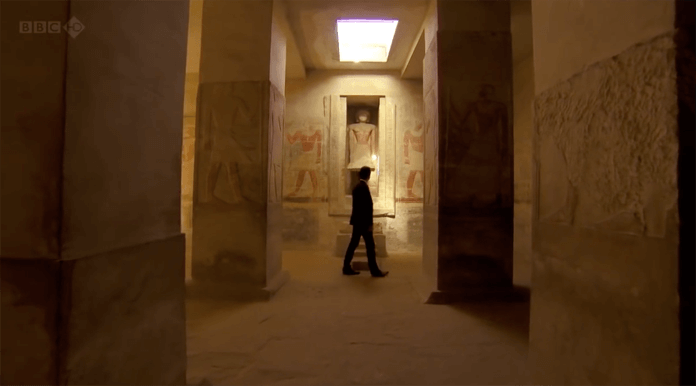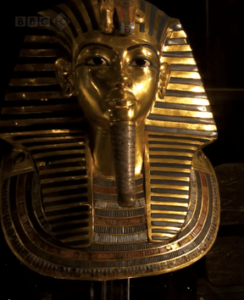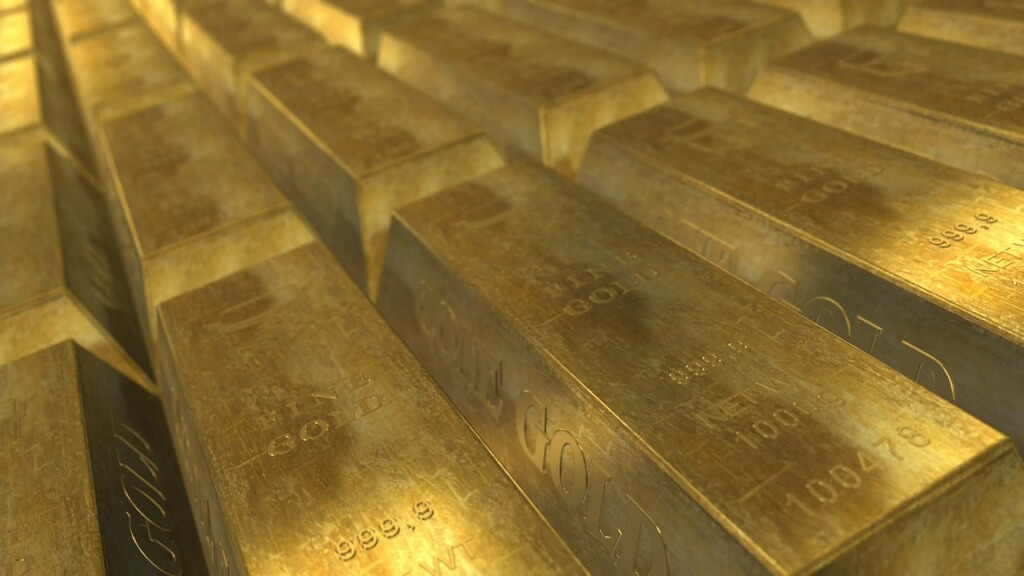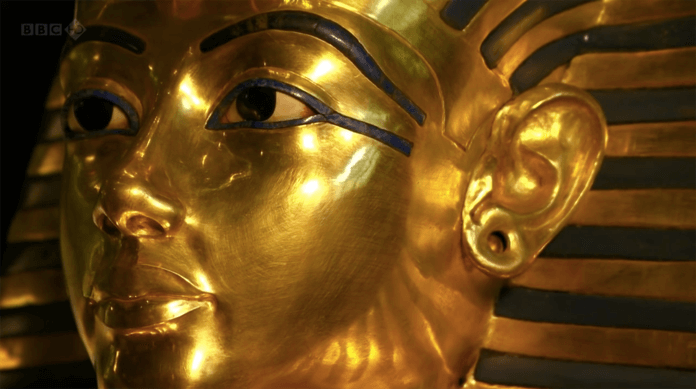In today’s consumer society, gold has become a symbol of money. But what was its significance of this shiny metal to those civilizations that came even thousands of years before us?
Let’s start with one ancient civilization that has come to be identified with golden treasures like no other: ancient Egypt.
An embarrassment of riches
Unlike many other ancient societies, ancient Egypt had unique characteristics. Many other cultures searched for gold from faraway lands. They would trade and barter to get their hands on this precious metal. In northeast Africa, however, the Egyptians were blessed with seemingly unlimited reserves of gold.
One of the richest areas for gold mining came from the mountains of the eastern desert. Today, the ancient mines in this region are continuing to provide clues for modern explorers. At the same time, the Egyptians were very good at extracting gold. They had special laborers in charge of this and it was considered a revered position in society. For these reasons, Egypt is thought of as the world’s first great gold-producing state.
The reverence for ancient Egyptian goldsmiths
The burial ground of Saqqara is home to some of the oldest tombs of the ancient Egyptians. One tomb in particular, exemplifies the reverence that Egyptians had for their goldsmiths.

4,000 years ago, the grand vizier, Mereruka, was interred within tomb chambers. During his lifetime, he was entrusted with the production and protection of Egypt’s gold.

The carvings within the tomb depict the Egyptian gold-making process in its entirety. Interestingly, the four men depicted as goldsmiths within the carvings were all dwarfs. Across ancient Egypt, dwarfs were depicted as gold workers because they were perceived as possessing magical powers. Thus, it seemed only logical that the most special people would be entrusted with the most precious material.
An astounding archeological find
As history drew on, many of the Egyptian gold relics were stolen by grave robbers or hidden away. In the early 20th century one British archeologist was determined to find some of Egypt’s precious ancient gold. In 1922, Howard Carter made the greatest archeological discovery of all time: the tomb of Tutankhamun.


An Egyptian Pharaoh from 1332-1323 B.C., the relics is Tutankhamun’s tomb were never meant to be seen by human eyes ever again. The findings included a throne, immense varieties of jewelry, golden slippers and a huge sarcophagus made of 110 kg of solid gold—the largest gold object ever found in Egypt. The most astounding however, was the discovery of Tutankhamun’s death mask. This mask displayed incredibly craftsmanship, created from a variety of precious stones and over 10 kg of solid gold.

The symbolism of gold for ancient Egypt

So the question then arises… what did Tutankhamun intend to symbolize by the massive amounts of gold found in his tomb? It was not a statement of wealth, but rather, he believed, like his contemporaries, that gold possessed magical powers. It never rusted, tarnished, corroded. Instead gold has proven to shine for eternity.
Tutankhamun thought that the gold could possess the ability to bring him back to life, turn him into an immortal sun god in his own right. For the ancient Egyptians, this symbolism of gold is commonly exhibited in their works of art and artifacts. Gold was a symbol of the sun and the afterlife.

